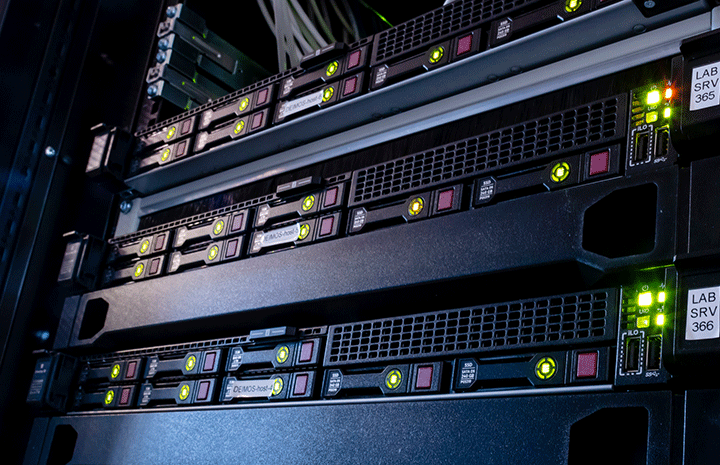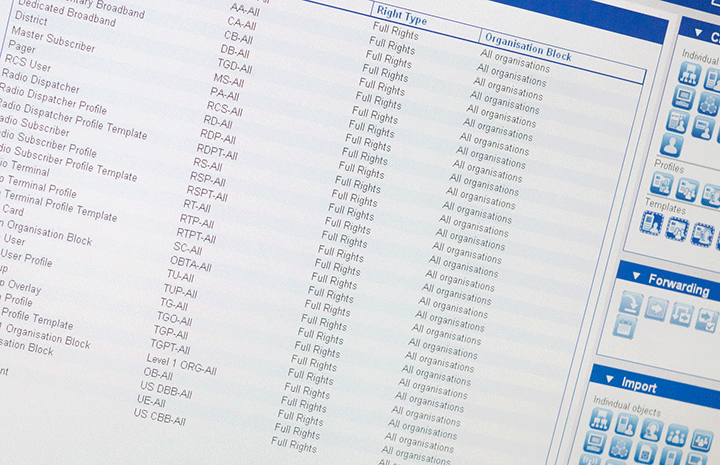- Segments
- Products and solutions
- Products and solutions
- Broadband
- Devices and accessories
- Applications
- Control Rooms
- TETRA and Tetrapol
- Customers
- Ecosystem
- How to buy
- Blog
- EN
5G technology is a revolutionary shift in wireless communications. Telecom vendors are investing in 5G with a focus on ubiquious internet connectivity, enabling everyone and everything to be connected.
Current PMR/LMR operators and users recognize that the smooth adoption of new communication technology should take account of how people work, as well as taking advantage of existing investments. Simply replacing one core communication technology with another does not meet those needs.
The technology shift must be a seamless evolution, not a disruptive migration.
The move from traditional PMR/LMR to mission-critical broadband needs to include a hybrid phase – where digital or even analogue radio networks and LTE/4G/5G are used together. Ideally the networks will be interoperable, so that a talk group can easily include users from several networks. There should also be an integrated way to manage users, even when they may have an account in more than one network.
There are five different routes that public safety and other professional organizations can choose when adopting broadband:
The “wild west” approach uses commercial Mobile Network Operators’ (MNOs’) services. Organizations subscribe to commercial mobile broadband services for their smartphones and users adopt commercial or professional smart apps with little centralized control.
One MNO offers mission-critical services over its network, which may also serve consumer subscribers. There are a few challenges in this set-up. For example, the commercial operator may have access to user organizations’ confidential information, such as location information, subscriber identities and other metadata.
Dedicated mission-critical networks are built by the current PMR/LMR operator or another suitable party such as an MNO. This option requires that the network provider has a broadband frequency license. In addition, the capital expenditure (CAPEX) is high and a significant amount of resources and a rich set of competencies would be needed to operate the network.
Cooperation between a mission-critical Service Operator and MNO(s) enables the Service Operator to use an MNO’s
services (or maybe only its radio access) and offer these broadband services to customer organizations.
The three-party model sees the Service Operator using a Mobile Virtual Network Enabler (MVNE) such as Airbus, who takes responsibility for billing, network element provisioning, administration and other broadband-related tasks. The MVNE uses MNO services for broadband access.
Options 4 and 5 require a mission-critical Service Operator.
A Service Operator is a special, critical communications focused, secure Mobile Virtual Network Operator who provides a broadband service to its customers without owning all network infrastructure. The Service Operator model is a win-win proposition for user organizations and for commercial network operators.

Public safety agencies and other users enjoy the following benefits, for example:

The MNOs can also benefit. For example:
Many public safety network operators are in a good position to become Service Operators.
A Service Operator can choose between two typical business models:
Secure Mobile Virtual Network Operator (SMVNO). In the SMVNO model, the Service Operator does not own core infrastructure but buys airtime from the MNO and resells this to its customers. It also offers applications and services over the mobile platform and handles billing and customer care.
Multi-Operator Core Networks (MOCN). In the MOCN model, the Service Operator owns the core parts of the network. This provides more control over the mobile network infrastructure. The Service Operator usually has an agreement with more than one MNO, which provides the radio access.
As a public safety network operator, you may have assets that you can leverage more efficiently than a broadband provider would when entering the mission-critical market from scratch. For example:
You will also need to have skills in wireless solutions, even though the MNO takes the main responsibility for the broadband technology.
Learn how to complement radio communications with LTE/4G/5G – the right way. Download the essential guide –

Virtual solutions are an optimal basis for hybrid set-ups. The key building block is Taira from Airbus. It is the heart of your communications system and lets you use broadband as a parallel data service in a secure way.
Taira for broadband gives you the smooth, controlled and economical way to evolve your communication network from narrowband to broadband.

Imagine how enormously time consuming and expensive it would be to manage users, their access rights, talk groups and organizations for everyone individually - and separately for different networks.
Instead, you need Tactilon Management – it is uniquely capable of centralized management in your hybrid narrowband-broadband environment.
Traditional public safety networks, such as TETRA, are closed and hence less vulnerable to the cyberattacks experienced by open services. However, critical communications users are increasingly taking advantage of new capabilities offered by mobile broadband through 4G and 5G technologies.
This poses new risks because these networks can be more open to malicious online attack than conventional critical communications solutions.
Protection against cybercrime requires a thorough analysis of the threats and the security measures such an analysis indicates need to be implemented.
Mission-critical broadband can help professionals improve their operations, and with the right approach, both the capital expenditure and operational costs can be optimized. When you have chosen the Service Operator route for the move from traditional PMR/LMR to mission-critical broadband, talk to Airbus to plan your next steps in more detail.
Contact us for a free consultation today: